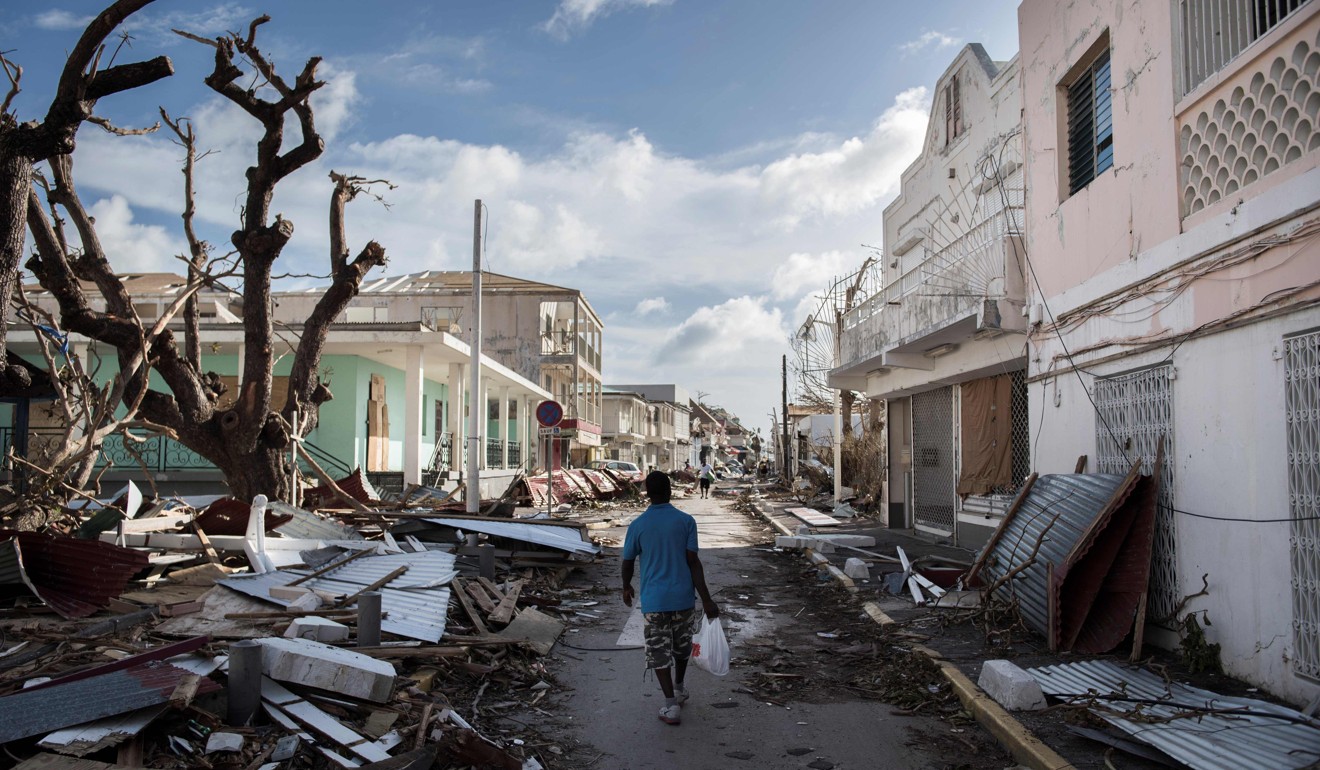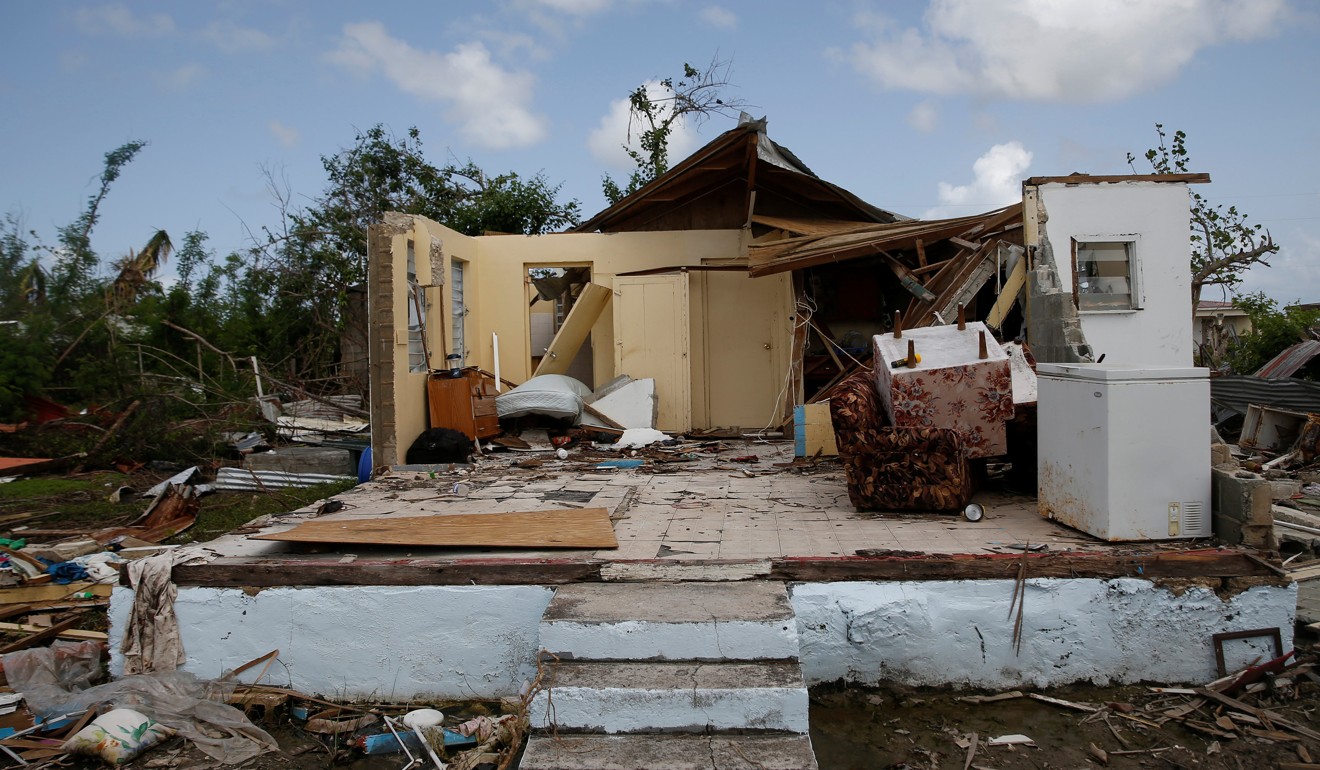
Ten Atlantic hurricanes may come this year, after the costliest hurricane season ever
Early forecasts indicate that the 2018 Atlantic hurricane season, which starts on June 1, will have more storms, hurricanes and major hurricanes than normal
Last year was the the costliest Atlantic hurricane season in history - and while it may not be as devastating this year, early indication suggest there will be more storms and hurricanes than normal.
The onslaught of storms in 2017 left deep wounds across the Caribbean and southern United States that have not yet healed. But, ready or not, the 2018 Atlantic hurricane season begins on June 1.
As it has done every year since 1984, Colorado State University (CSU) has released its initial predictions for the upcoming season.
Its forecast is for a total of 14 named storms, seven hurricanes and three major hurricanes, which is slightly above the long-term average of 12 named storms, six hurricanes and two major hurricanes.
Last year, there were 17 named storms, 10 hurricanes, and six major hurricanes. These 2018 predictions will be updated on May 31, July 2 and August 2.

Hurricanes Harvey, Irma and Maria helped drive total losses to more than US$215 billion in 2017. However, because it comes so early, the April forecast can be the least accurate, said Phil Klotzbach, lead author of the report.
“Spring is very volatile,” Klotzbach said. “The changes from April to June can be pretty dramatic.”
Seven storms could become hurricanes this year, and three major systems may reach Category 3 or stronger on the five-step, Saffir-Simpson scale, according to the forecast.
There’s a 63 per cent chance the continental US will get hit by a major hurricane, compared with the 20th century average of 52 per cent.
Two primary factors that are critical for determining how active the upcoming Atlantic hurricane season will be are whether El Niño develops and the configuration of North Atlantic sea surface temperatures.
When El Niño conditions are present and ocean temperatures in the tropical Pacific are warm, the Atlantic hurricane season tends to be less active. The reverse is true when La Niña, the opposite phase, prevails and the tropical Pacific waters are cool.

At this point, CSU is anticipating that neutral conditions in the tropical Pacific are the most likely scenario for the summer/fall of 2018. The Pacific Ocean may not offer too many predictive clues about the Atlantic hurricane season.
The current sea surface temperature pattern is fairly similar to the pattern that prevailed in early April of last season.
However, during last spring/summer, the waters warmed much faster than normal across most of the Atlantic, and by the peak of the Atlantic hurricane season, the sea surface temperatures were much warmer than normal across most of the tropical Atlantic, providing increased fuel for the hurricanes that formed last year.
This year is more difficult to call because neither the Atlantic nor the Pacific is offering forecasters a lot of clues, Klotzbach said.
While hurricanes thrive on hot ocean water, the eastern Atlantic is cool, and the western part of the basin is warm. Over in the Pacific, a weak La Niña is fading, and the equatorial region should fall to its neutral state with no guarantee it will warm.
Those warm waters along the equator in the Pacific can cause more wind shear to develop in the Atlantic that can tear apart storms.

By summer, forecasters should have a better indication of how much wind shear to expect and whether the entire Atlantic is heating up. Still, there can always be surprises.
The 2018 list of storm names will be the same as 2012’s, with the exception of Sandy, which was retired and replaced with Sara.
“No one could say in early August last year we were going to witness the apocalypse,” Klotzbach said.


